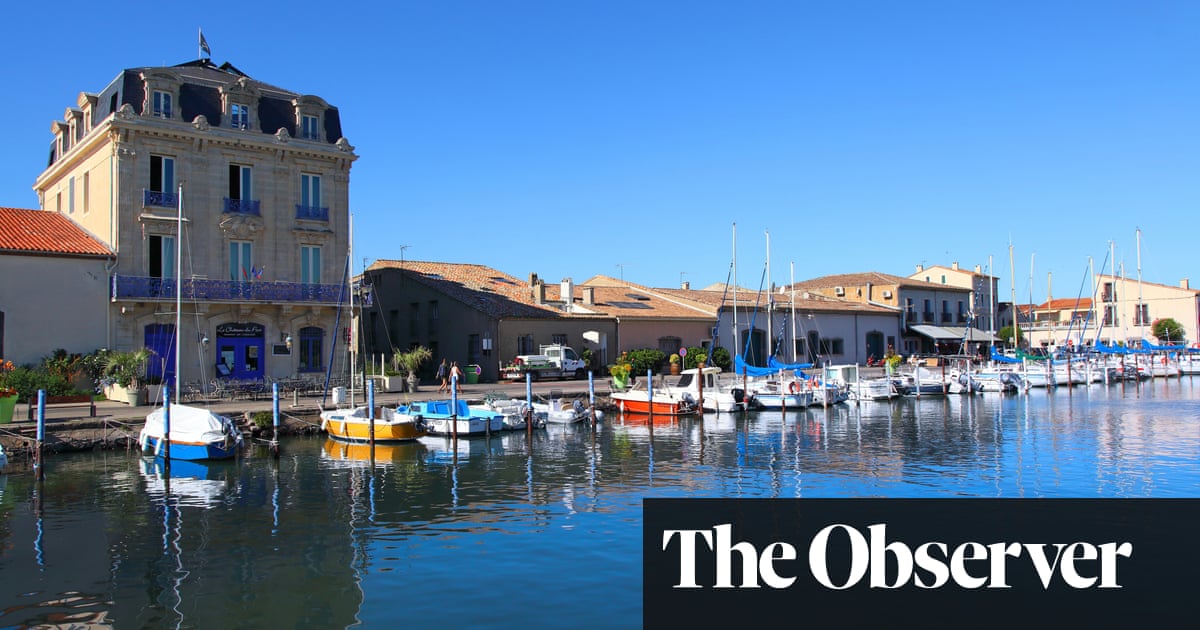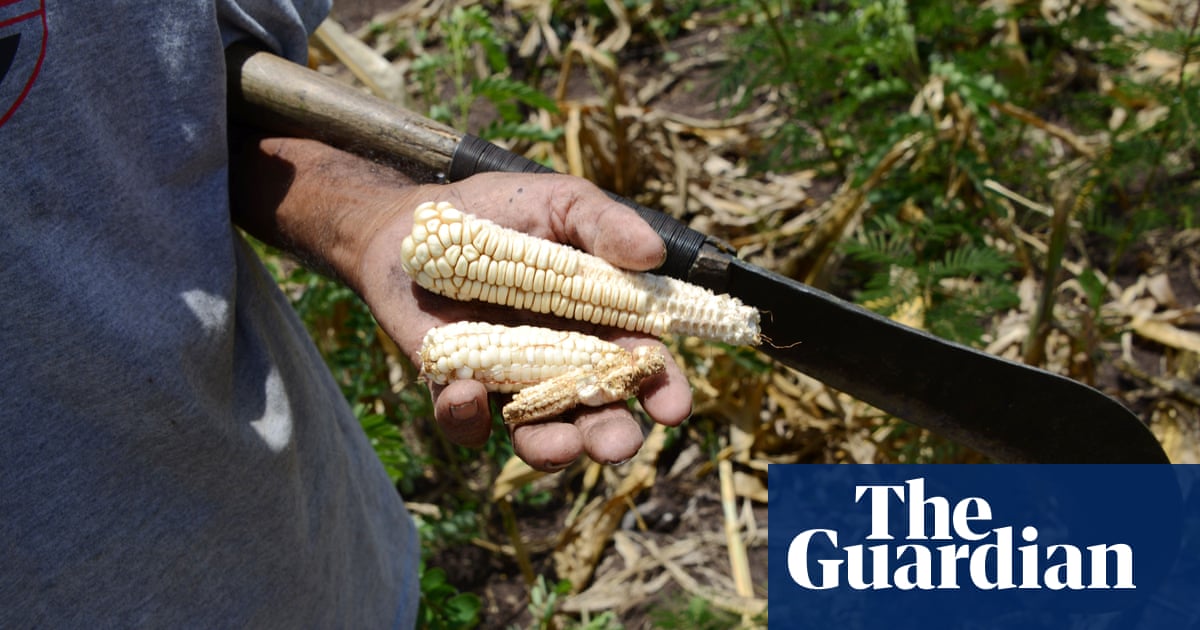
Barcelona’s famous market, La Boqueria, was voted the best in the world by Food & Wine magazine last month (ahead of Marché des Enfants Rouges in Paris and Campo de’ Fiori in Rome), much to the derision of residents who long ago abandoned the city’s famous 13th-century market to the millions of tourists who visit it each year.
Once the place to go for things you couldn’t get in your local neighbourhood market – wild boar, pheasant, goose barnacles, tamarillo or edible insects – stallholders now offer plastic cups of fruit salad, paper wraps of jamón serrano and pre-mixed sangria. And who can blame them if it brings in twice what they make selling tomatoes?
True, there’s still a stall selling barbary duck and foie gras and another dedicated to fresh herbs and wild mushrooms, but otherwise, for chefs and food lovers alike, the market is, in every sense, history. If for some reason you have to go there, once you’ve braved the crowds on La Rambla, you’ll have to put up with being photographed and videoed as you make your purchase, an involuntary recruit, adding a touch of local colour to someone else’s Instagram post.
Now, like King Canute supposedly calling on the tide to stop rising, the city council has appointed “civic agents” to discourage tourists from standing around and taking photographs, which is what most of them go there to do, and to remind them that the market’s primary function is (was) to sell food.
As mass tourism gradually reduces much of Barcelona to a parody of itself, the sad decline of the Boqueria (whose formal name is Mercat de Sant Josep) has become a symbol of the city’s degradation, recalling the line by WB Yeats that “all my priceless things are but a post the passing dogs defile”.
However, it’s not just the Boqueria, but markets all over Spain that are threatened with extinction. The days of celebrity chefs such as Jamie Oliver or Rick Stein gushing about the authenticity of a local market and swooning over stalls of twitching lobsters in Valencia and Cádiz may soon be numbered, but not because of tourism. Go to any traditional market anywhere in Spain and it’s striking that the clientele is overwhelmingly elderly. Few young people frequent markets, partly because few of them cook but also because it’s cheaper and quicker to do an all-in-one shop at the supermarket.
The market is still an essential part of the social fabric of every Spanish town as well as being the source of quality food in season sold by people whose expertise, be they butchers or fishmongers, you won’t find anywhere else – but for how long?
The stallholders are ageing, too, and their children rarely choose to step up to take over the family business. One of my fishmonger’s daughters is a lawyer in the Cayman Islands. Why would she exchange that for the long days her mother spends on her feet at a freezing cold fish stall in Santa Caterina, my local market, on the opposite side of the old city from La Boqueria. Indeed, several stalls have shut because the owners retire and no one in the family wants to carry on the business.
Once a year, Barcelona city council auctions off the tenancies of vacant market stalls across the city. This year, out of 104 on offer, only 12 were taken up. Since 2000, its markets have lost more than 2,000 food stalls. This is not a case of institutional neglect. On the contrary, the council spends millions on upgrading market facilities in an effort to make them more attractive. Many now house supermarkets in a bid to attract a higher footfall, although it’s not clear how much this benefits stallholders.
Then there are tastings, tapas tours and other activities, often directed at tourists. Clearly survival trumps sentiment, and increasingly markets are becoming food courts rather than markets, places to eat rather than to buy the raw materials.
This is the case at San Miguel market in central Madrid, whose website proclaims it as a monument to Spanish cuisine, monument being the key word here. Big city markets are looking to Borough Market in London (twinned with the Boqueria since 2006) as the role model for surviving an age of culinary voyeurism where cooking is more often an entertainment than an activity, which is no bad thing in itself and besides, as they say here, la pela es la pela (money is money).
Shopping at a market also requires time and patience, both in short supply when everyone is either too busy or thinks they are. It may involve a visit to four or five separate stalls. There may be a queue, in which case you call out ¿quién es el último? (“who’s last?”) to find out where you stand. If you’re in a rush, forget it. If the person ahead of you has asked the fishmonger to fillet 25 sardines, she’ll do it without complaint and you’ll just have to wait.
Then there’s the chat. Somewhere in the Spanish constitution there’s a clause which says that, even if there are 50 people behind you in the queue, you have an inalienable right to hold forth about your children, your ailments or whether onion really has a place in a tortilla de patatas. The upside is that, when it’s your turn, you get to do the same, knowing that no one behind would think of complaining.
Indeed, if the markets close down, the biggest loss will be this social nexus, a place where buying and selling is a human and not a merely transactional exchange. We will also lose the knowledge and skills of the stallholders – just try filleting a sardine with a knife that’s bigger than your head – along with the quality control that comes from being in a supply chain built on trust and personal contact.
Even in big cities, markets preserve something of the cosiness of village life. Once, when I discovered I’d come out without my wallet, my butcher, the same one I’ve been using for 20 years, said: “Don’t worry about it, pay me next time,” then handed me a €50 note so I could do the rest of my shopping.
Try getting that kind of service at your local superstore.
Stephen Burgen is a freelance writer












